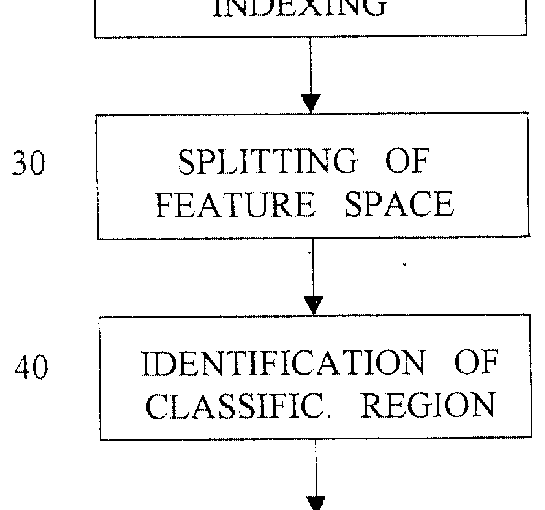In this decision, a method of image classification was claimed. The Board assumed that all features contribute to the technical character and that the sufficiency of disclosure was given.
Object of the Invention:
- image classification method for classifying digital images into photographs, texts, and graphics
- conventional heuristic methods implemented by expert systems present a number of drawbacks, in particular the computational complexity required for analysing the large number of pixels of an image
- another problem is touched on by the “impossibility of optimising analysis using parallel architectures”
- the thrust of the application is for constructing a classification algorithm (“tree-structured classifier”) which is both powerful in terms of class discrimination and efficient in terms of processing speed
Board I (sufficiency of disclosure (Article 83 EPC):
- examining division has argued that the application does not disclose any specific example of a tree classifier adapted to a specific set of image classes
- however, the application does disclose the “high-level classification problem” (i.e. to distinguish photographs from graphics and texts, see paragraphs 0002 and 0046) and it discloses that 72 lowlevel features have been chosen (from among 389 features, for example, see paragraphs 0016 and 0052) to carry out the test described in paragraphs 0047 to 0053
- background of that choice may lack detail but it still provides the general teaching that a (sub-)set of low-level features can be chosen according to general criteria (discrimination power and efficiency, column 3, lines 22 to 25) and managed in any combination (paragraph 0020) to build a classifier fulfilling a set of conditions (see e.g. paragraphs 0021/0022, 0039, 0042)
Board II (inventive step):
- all features are assumed to contribute to the technical character of the claimed subject matter
- general aspects of processing and pre-classifying digital images are old
- however, the claimed method derives novelty from the use of a large library of 22 specific technical image parameters (low-level features) which are not disclosed in combination in any of the available prior art documents
- Article 56 EPC 1973 asks for an inventive technical contribution (T 641/00-Two identities/COMVIK)
- the following line of argument guides the skilled person in an obvious manner from the prior art to the claimed method:
- classification of digital images for the adoption of the most suitable image-processing strategies has become “an indispensable need“, see application
- according to D2, which may be used as a starting point, Web images are classified into photographs and graphics
- in digital image processing, it is well-known (and inevitable) to construct a classification algorithm before it is used for classifying images
- when constructing an algorithm for classifying digital images, it is well-known to accomplish this by way of a tree classifier using features or parameters which describe a digital image, see e.g. the prior art referred to in the application itself
- invention mainly differs from prior art by the library of specific low-level features for improving the classification result
- however, it is evident that all the image features which are known to describe properties of digital images are natural candidates for distinguishing images and classes of images, from each other
- the skilled person has an expectation of improvement in that any low-level feature is prima facie suitable for discriminating image classes at least at a high level.
- the skilled person designing a binary classification tree obviously prefers features having a great power of discriminating two classes (see e.g. D3, page 4, second paragraph)
- the application itself presents most of its low-level features as forming part of the prior art
- regarding the few features for which no prior art has been cited in the application, the application still conveys the impression that those features represent usual parameters for describing and analysing digital images
- otherwise, if they were fundamentally new to the image processing person, they would have to be disclosed in much greater detail
- –> no inventive step

